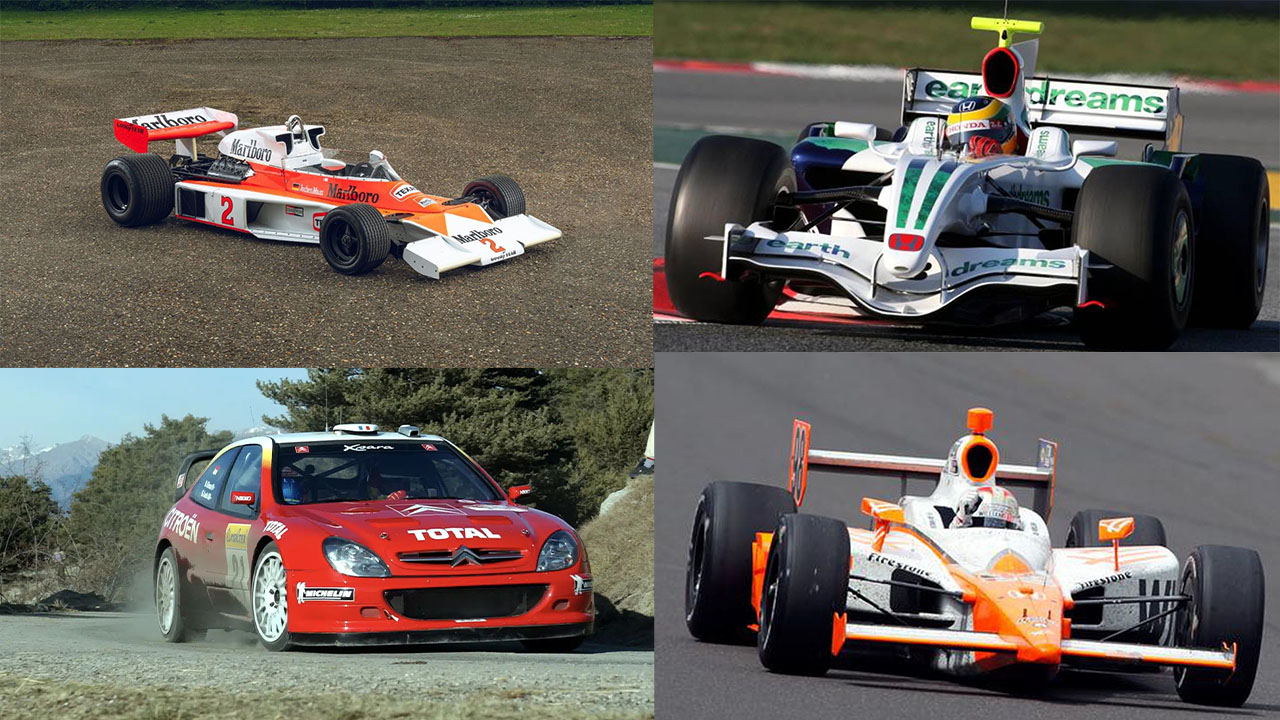Motorsport is often ruled by powerhouse teams equipped with enormous budgets, state-of-the-art technology, and world-class drivers.
However, every so often, a true underdog manages to defy the odds and take down the giants of the sport.
These moments remind us why we are drawn to racing because sometimes, sheer determination, a bit of luck, and just the right amount of craziness can lead to unforgettable triumphs.
Here are nine of the most shocking underdog victories in motorsport history.
1. Le Mans 1965
During the 1960s, the 24 Hours of Le Mans was the ultimate proving ground, typically dominated by the factory-backed efforts of Ferrari and Ford.
However, in 1965, a privately entered Ferrari 250 LM, operated by the North American Racing Team (NART), pulled off an upset that stunned the motorsport world.
As Ferrari’s factory cars suffered mechanical failures one after another and Ford’s powerful machines encountered their own misfortunes, a small team led by Luigi Chinetti found itself in an unexpected position.
Piloted by Jochen Rindt and Masten Gregory, the NART entry was never seen as a serious contender its budget was limited, and its equipment was considered second-tier.
Yet, the duo drove with relentless determination, seizing the lead in the race’s closing hours and refusing to relinquish it. Against all odds, this privateer effort secured Ferrari’s last overall Le Mans victory.
Ironically, it wasn’t the engineers and executives in Maranello celebrating that day, but rather a scrappy, American-based team that had come, fought, and triumphed. (And to this day, Ferrari prefers not to bring it up.)
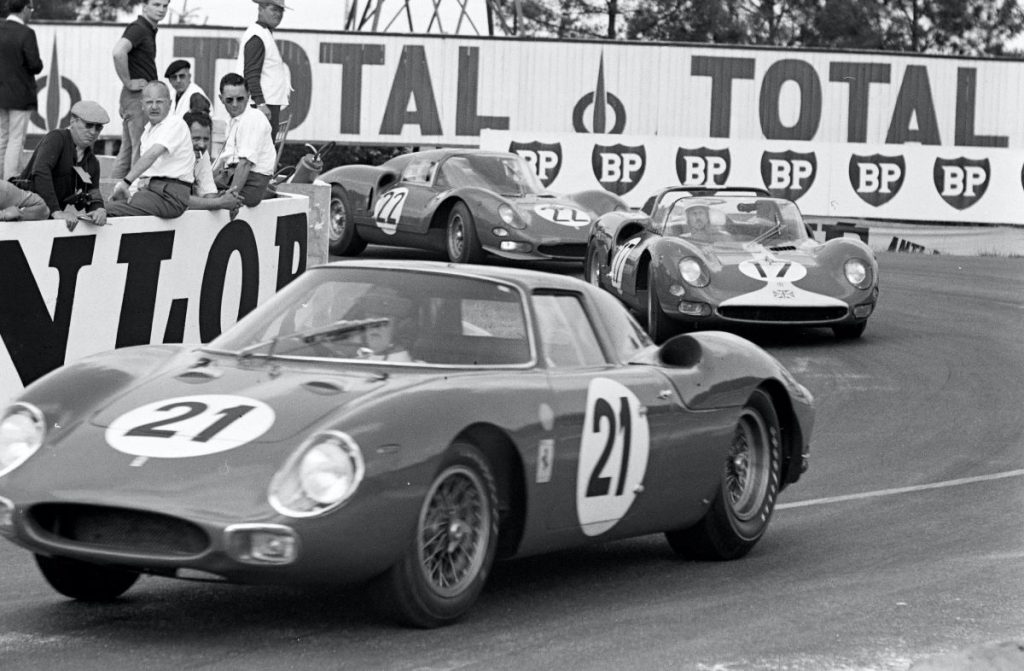
2. Indianapolis 500, 2011
By the time the 2011 Indianapolis 500 rolled around, Dan Wheldon was no longer a full-time competitor in IndyCar. In fact, he had only entered one race that year: the Indy 500.
With a grid full of younger, better-funded drivers, Wheldon wasn’t considered a serious threat. But as the old saying goes, “That’s racing.”
Wheldon ran consistently inside the top ten for most of the race but wasn’t viewed as a likely winner.
The closing laps seemed to set the stage for an entirely different underdog story rookie J.R. Hildebrand was leading and looked destined to claim a Cinderella victory of his own.
Also Read: 10 Sedans That Perform Like a Sports Car: The Best High Performance Luxury Sedans of 2025
However, disaster struck in the final turn of the final lap. As Hildebrand miscalculated and slammed into the wall just before the finish line, Wheldon like a cat casually emerging from a chaotic dogfight sped past the wreckage and crossed the line first.
It was an astonishing and dramatic turn of events, securing one of the most improbable victories in the history of the Indy 500. It also marked Wheldon’s second and, tragically, final triumph at the Brickyard.
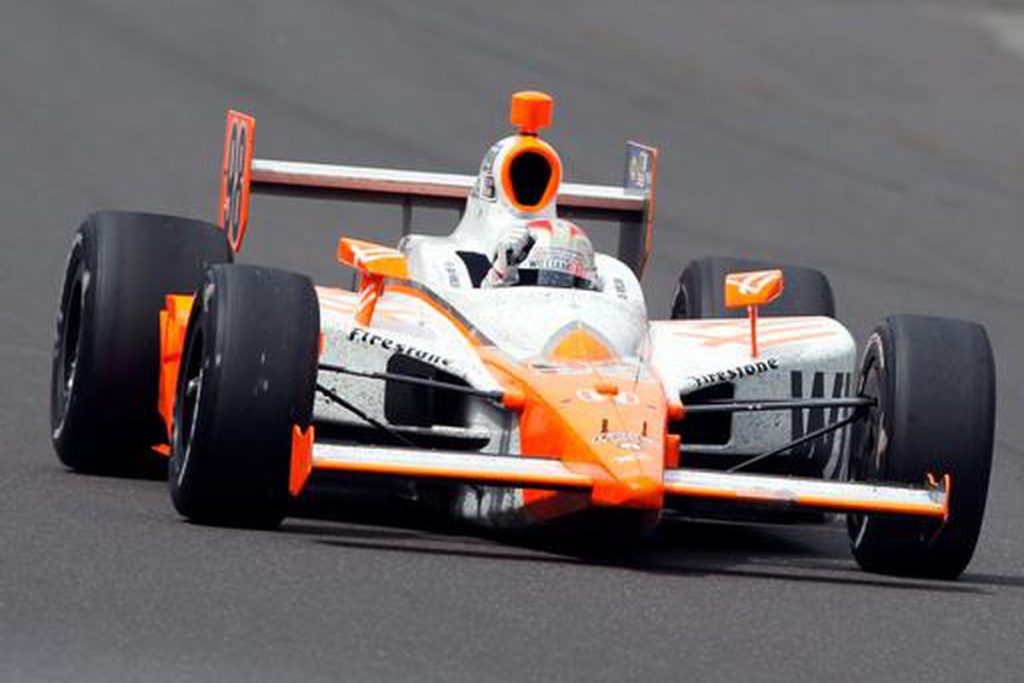
3. 2009 Formula 1
If someone had predicted in 2008 that a brand-new team rising from the remnants of Honda F1 would go on to dominate the next Formula 1 season, most people would have laughed them off as delusional.
Yet, that’s exactly what Brawn GP managed to achieve in 2009. Purchased for a symbolic £1 by Ross Brawn, the team made a game-changing decision taking advantage of a loophole in the regulations with their now-legendary double diffuser.
This ingenious piece of engineering gave Brawn GP now operating without Honda’s deep pockets a significant edge over their wealthier competitors, allowing them to steamroll the competition in the early part of the season.
Despite limited funding and fewer resources than their rivals, Jenson Button and Brawn GP shocked the motorsport world, securing both the Drivers’ and Constructors’ Championships. It was a fairy tale on four wheels only with a turbocharged twist.
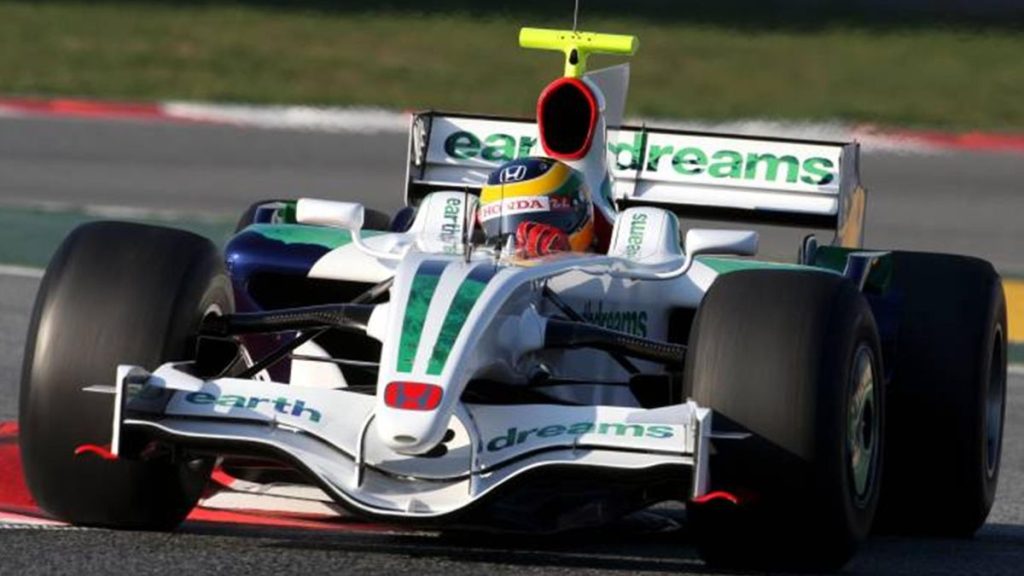
4. 1983 Dakar Rally
The Dakar Rally is among the most punishing challenges in motorsport, stretching across thousands of miles of relentless desert terrain.
In 1983, Porsche decided to take on this grueling event, entering with the 911 SC a car far more suited for smooth asphalt than endless sand dunes.
Enter Jacky Ickx, a true racing legend. Already a six-time Le Mans winner, Ickx had never faced anything quite like the Dakar.
Nevertheless, he took the Porsche 911 SC into battle against specially designed off-road machines, navigating the unforgiving desert with remarkable skill.
Against all odds, Ickx and his co-driver Claude Brasseur conquered the harsh conditions and secured victory. Their triumph proved that, with a Porsche and an unbreakable will, you don’t need a dune buggy to conquer the desert.
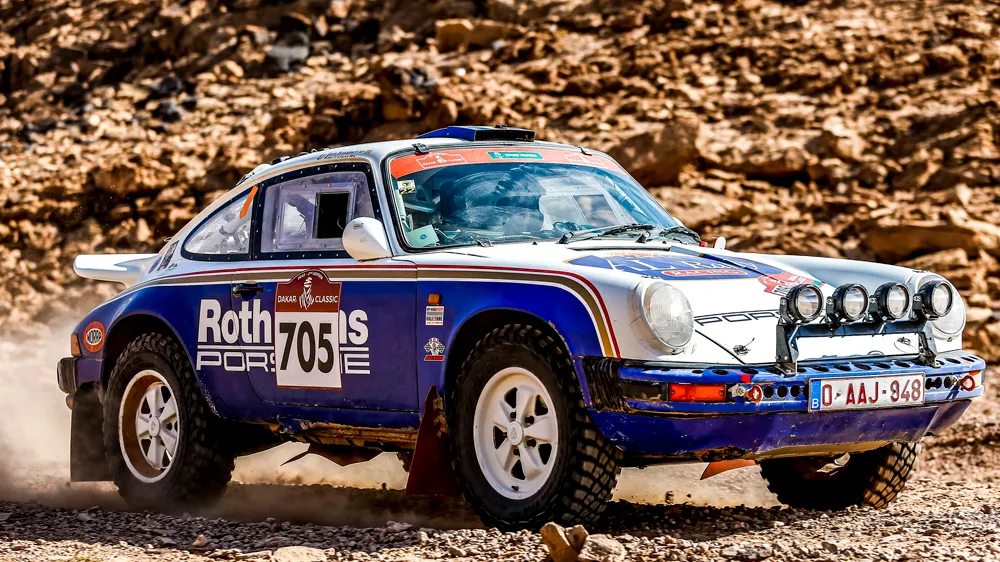
5. 1992 Monaco Grand Prix
Monaco, the crown jewel of the Formula 1 calendar, has been the setting for some of the sport’s most thrilling races, but few can rival the drama of the 1992 edition.
Ayrton Senna’s performance that day wasn’t just about sheer speed it was about how he transformed a less powerful car into an impenetrable defensive machine.
Behind the wheel of an underpowered McLaren, Senna found himself up against a significantly faster Williams driven by Nigel Mansell, who was determined to take the win.
Late in the race, Mansell pitted for fresh tires and rejoined the track five seconds behind Senna with just ten laps to go. What followed was a defensive masterclass from the Brazilian.
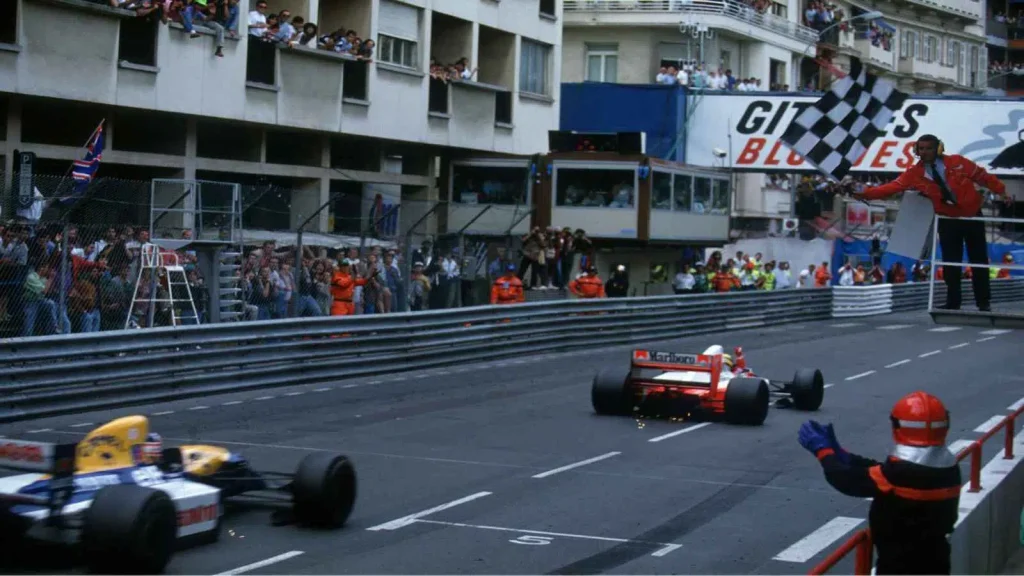
Mansell attacked relentlessly, throwing everything at Senn except, perhaps, the kitchen sink but Monaco’s notoriously tight circuit, combined with Senna’s pinpoint precision, ensured that no matter how much faster Mansell was, he simply couldn’t find a way past.
In the end, Senna crossed the finish line a car length ahead, securing what is widely regarded as one of the greatest defensive drives in motorsport history.
Despite being at a mechanical disadvantage, his McLaren held off the superior Williams, further solidifying Senna’s legendary status.
6. 2003 Monte Carlo Rally
Before Sébastien Loeb became the Michael Jordan of rallying, he was just a young French driver looking to make a name for himself.
In 2003, at the season-opening Monte Carlo Rally, Loeb, driving a Citroën Xsara, went head-to-head with some of the biggest names in the World Rally Championship (WRC), including Marcus Grönholm and Colin McRae.
The Monte Carlo Rally is one of the most challenging events on the WRC calendar, featuring unpredictable conditions that require drivers to adjust their strategy in real-time.
Loeb, however, adapted flawlessly, delivering an almost perfect performance that saw him claim victory.
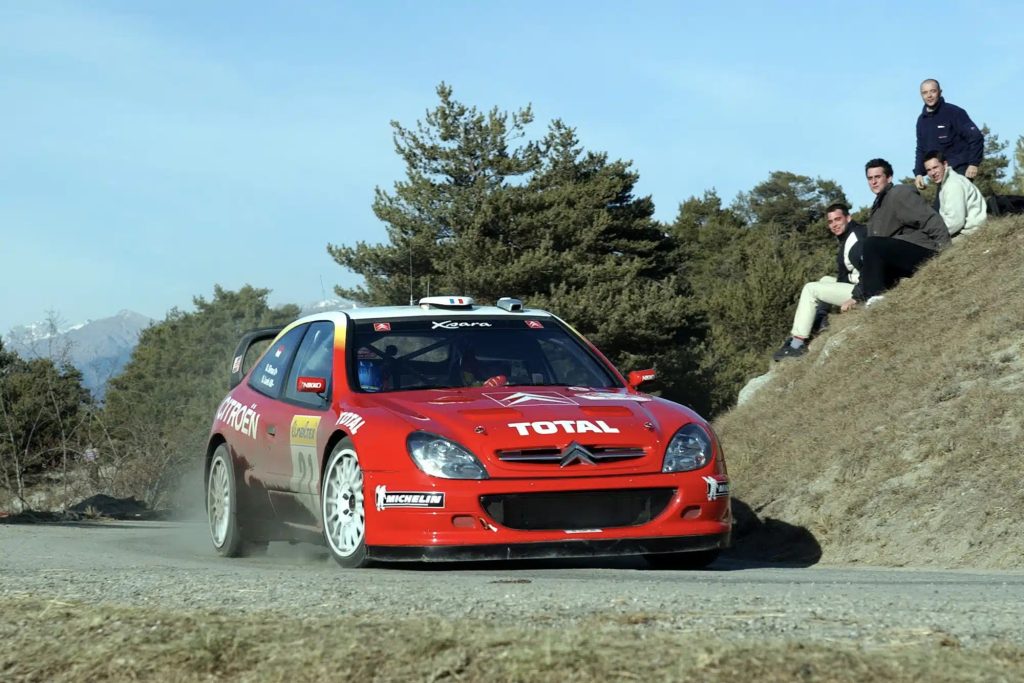
At the time, the result was seen as a shocking upset few expected the young Citroën driver to triumph over the sport’s seasoned veterans.
Looking back, though, that win was more than just an upset it was the first glimpse of a dominant era.
What initially seemed like a surprising underdog victory was, in reality, the opening chapter in Loeb’s historic rise to becoming the most successful driver in WRC history.
Also Read: 10 Race Cars That Became Road-Legal Against All Odds
7. 1976 Formula 1
James Hunt was the complete opposite of the disciplined, methodical drivers that Formula 1 typically produced. He lived fast, partied hard, and raced like a man possessed.
Yet, in 1976, during one of the most dramatic seasons in F1 history, Hunt defied expectations to claim the World Championship in the most improbable fashion.
His chief rival, Niki Lauda, had dominated the early part of the season but suffered a near-fatal crash that sidelined him for several races.
Hunt, behind the wheel of his McLaren, seized the opportunity and steadily closed the championship gap. The season came down to a nail-biting final race in Japan, where torrential rain made conditions treacherous.
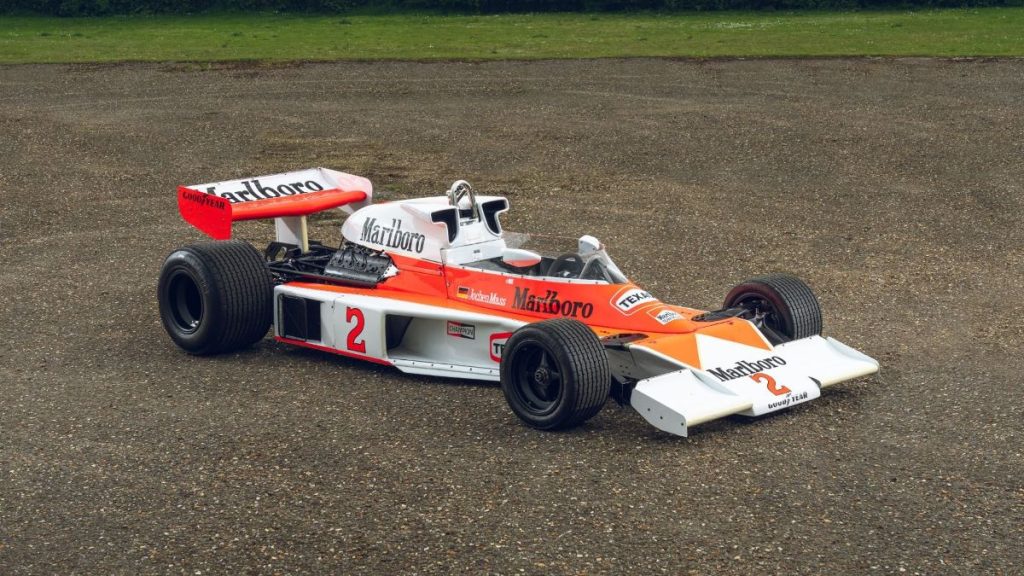
Lauda, still recovering from his injuries, deemed the track too dangerous and retired early.
Hunt, however, pressed on through the downpour, fighting through the chaos to finish third just enough to secure the championship by a single point.
Against all odds, and perhaps all logic, Hunt became World Champion—a victory that was undoubtedly followed by champagne, beer, and a phone call to the nearest nightclub.
8. 2000 NASCAR Winston Cup
Dale Earnhardt, known as “The Intimidator,” built his reputation on aggressive driving and an unshakable will to win.
However, by 2000, some questioned whether the seven-time NASCAR champion’s best days were behind him. He hadn’t won at Talladega in years, and the competition was tougher than ever.
With just a few laps remaining in the race, Earnhardt found himself buried deep in the pack, running in 18th place. What happened next became one of the most legendary moments in stock car racing history.
In a display of sheer brilliance, Earnhardt carved through the field like a man possessed, overtaking car after car with precision and determination.
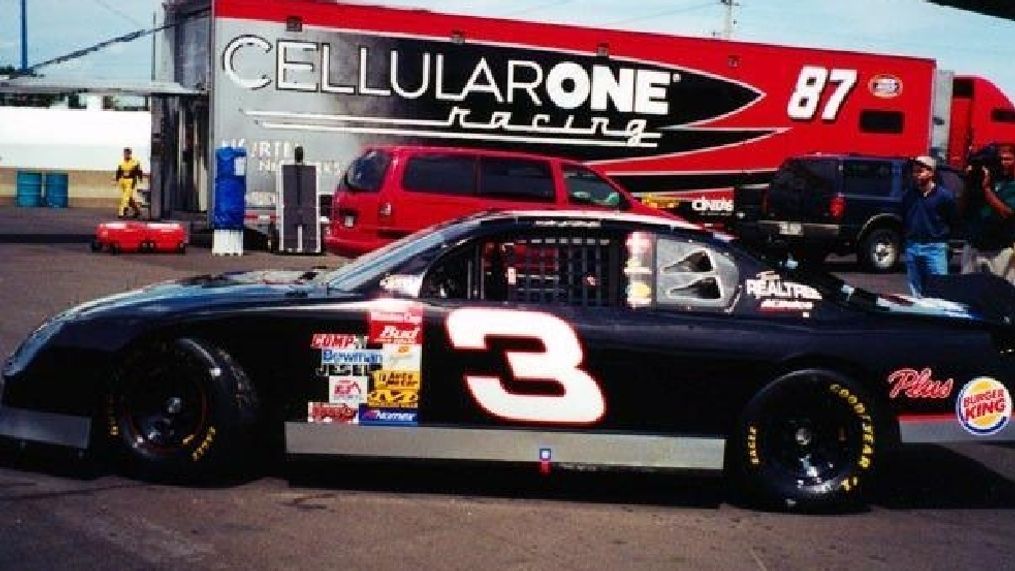
In just five laps, he surged to the front, taking the checkered flag for his 76th and final career victory.
It was a storybook ending for one of NASCAR’s greatest drivers, a moment that reaffirmed his status as The Intimidator even in the twilight of his career.
9. 2016 24 Hours of Le Mans
In motorsport, the difference between victory and heartbreak is often razor-thin, and the 2016 edition of the 24 Hours of Le Mans served as a brutal example of this reality.
For 23 hours and 57 minutes, Toyota’s #5 car had the race firmly in its grasp. The Japanese manufacturer was on the brink of securing its long-awaited first Le Mans victory, with the team already preparing to celebrate a historic moment.
Then, in a cruel twist of fate, disaster struck. With just three minutes remaining, the Toyota began to slow, losing power before coming to a heartbreaking stop on the main straight.
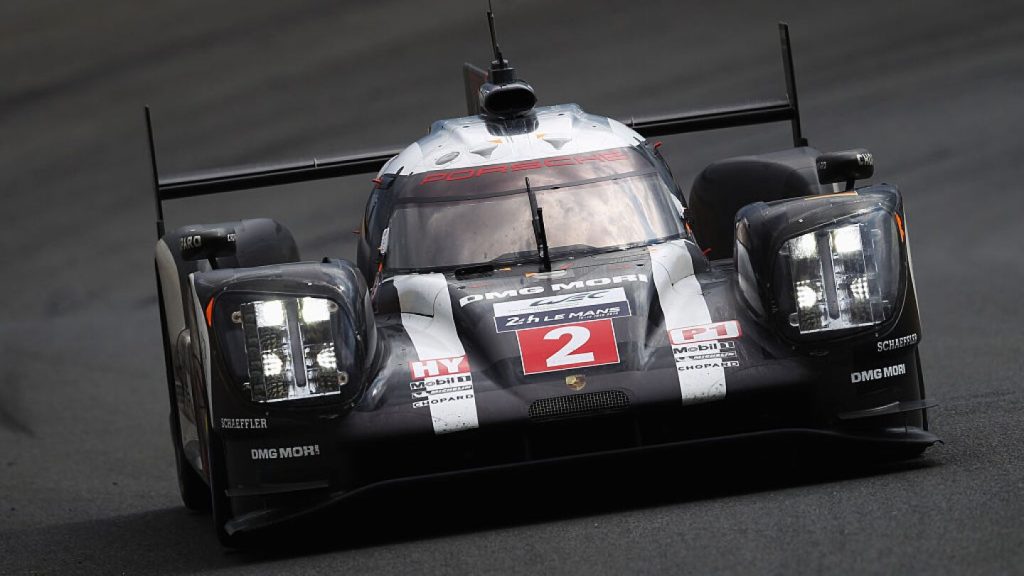
What had seemed like a guaranteed triumph evaporated in an instant. Seizing the opportunity, Porsche’s #2 car, piloted by Neel Jani, surged past to snatch victory from Toyota’s grasp.
It was one of the most dramatic and gut-wrenching endings in Le Mans history.
While Porsche celebrated their 18th victory at the prestigious endurance race, Toyota was left stunned, forced to reflect on how close they had come only to see it all slip away at the very last moment.

